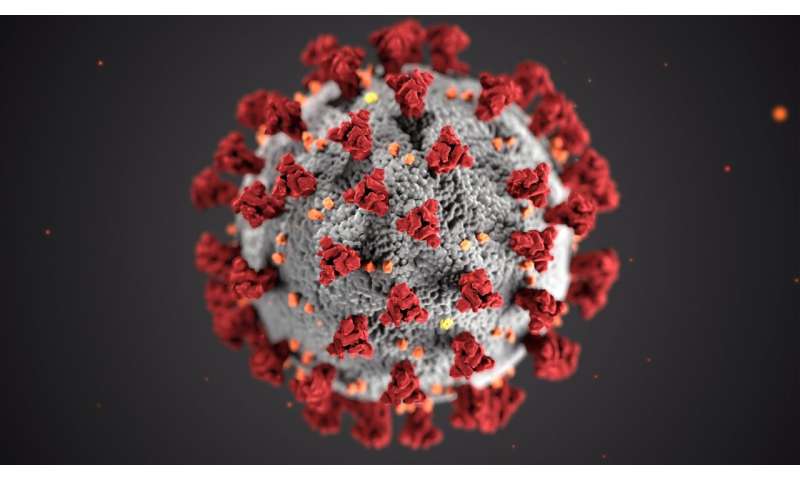Study suggests link between decreasing viral load and proportion of COVID-19 patients needing intensive care


New research presented at this week’s ESCMID Conference on Coronavirus Disease (ECCVID, online 23-25 September) suggests that, as lockdown took effect and case numbers dropped, the amount of virus patients were exposed to (viral load) fell, and this could be linked to lower proportions of patients requiring intensive care and dying. The study is by Dr. Chiara Piubelli, IRCCS Sacro Cuore Don Calabria Hospital, Negrar, Italy, and colleagues.
In March 2020, Italy was one of the countries most severely hit by the SARS-CoV-2 (COVID-19). Then, the burden of cases gradually decreased until the end of May. The aim of this work was the evaluation of a possible association between the severity of clinical manifestations and viral load over time, during the epidemiological transition from high to low transmission setting.
The authors analysed 373 cases of COVID-19 diagnosed at the emergency room of the IRCCS Sacro Cuore Don Calabria Hospital, and obtained the proportion of patients admitted to the intensive care unit. To estimate viral load, the estimated the so-called cycle theshold (Ct) for each sample—a higher cycle threshold indicates a lower viral load.
The proportion of patients requiring intensive care significantly reduced from 6.7% in March, to 1.1% in April, and to zero in May. For viral load, they observed a trend of Ct increasing from 24 to 34 (median values) (indicating decreasing viral load) between March and May, with a statistically significant difference between March and April.
Source: Read Full Article